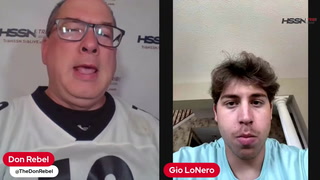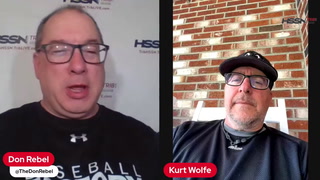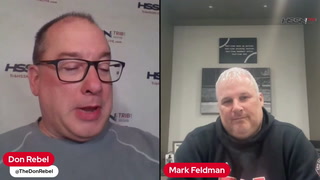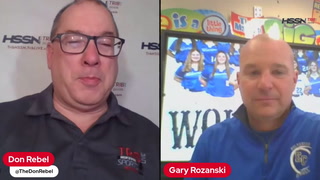George Guido: 17 words started it all
By:
Wednesday, May 23, 2018 | 12:06 AM
The PIAA board of directors meeting Wednesday afternoon in Mechanicsburg promises to be more interesting than most.
Two items on the agenda reflect the growing concern of unfettered transfers and the nonboundary schools building powerhouse teams that routinely defeat schools that draw students from defined areas.
First, the PIAA competition committee already discovered a loophole in the new rule that mandates a 21-day sit-out period for a student transferring schools during the season.
Presumably after today, the 21-day clock will start on the student's first day of attendance at the new school, not the day the student enrolls.
Without the adjustment, a student could enroll at a new school, say, Jan. 25, then show up at the new school Feb. 15, then be eligible for the playoffs Feb. 16.
The other interesting agenda item deals with athletes transferring after their junior year.
If the proposed new measure is enacted, a student who transfers after 11th grade can play sports in the regular season only — not the playoffs. This would discourage a school from stacking a team for one big run.
It is amazing to see the momentum built the past couple of months on the issue, prompted by a survey sent to WPIAL superintendents in late March.
The survey revealed 86 percent of WPIAL coaches want to divide the playoff system between boundary and nonboundary schools.
A similar survey from PIAA District 10 based in northwestern Pennsylvania was responded to by 365 public school coaches and administrators. Of that total, 354 said they believe nonboundary schools have a competitive advantage, and 338 favored separate tournaments.
A York-based newspaper polled those in York and Adams counties and found similar results.
The PIAA claims its hands are tied and contends only an act of the state legislature would allow separate playoff systems.
Meanwhile, some legislative members say it's up to the PIAA to change the system and are scared of alienating their Catholic constituents.
The history: 17 words
Let's go back to the start of this controversy.
On Oct. 16, 1972, Gov. Milton Shapp signed Act 219 of 1972 — a 17-word piece of legislation that started it all:
“Private schools shall be permitted, if otherwise qualified, to be members of the Pennsylvania Interscholastic Athletic Association.”
That act changed the public school code, and every complaint about the 70 percent of PIAA basketball titles won by private schools recently and the nine of 12 state football title games won by nonboundary schools the last two seasons ends up with those 17 words.
When the bill was signed, it hardly caused a ripple for a number of years.
That's because there were plenty of students at high schools, particularly in Western Pennsylvania. The students were the children of Baby Boomers. If an athlete transferred to a private school, the public school had several players equal in ability ready to take the transferee's place in the lineup.
For instance, Penn Hills had 3,990 students in the top three grades during the 1975-76 school year. They were dominating football while a number of their potential players were at Central Catholic.
In fact, the biggest scandal of the time took place when it was discovered some Penn Hills cheerleaders were using school time and art supplies to make banners for their boyfriends who played for Central Catholic.
Now, Penn Hills and most other WPIAL schools have suffered enrollment declines of more than 50 percent, particularly after the collapse of heavy industry within the first 10 years of Act 219.
If a student transfers now from a public school, there usually is an impact.
Also during the 1970s, keep in mind Catholic high schools had their own feeder systems, parish-sponsored elementary schools. When the steel mills closed, parish schools also closed, and those high schools that survived began to take in more former public school students.
The PIAA strongly believes in tightening the transfer rules as a way to even the playing field between the boundary and nonboundary schools.
We'll see.
George Guido is a Valley News Dispatch scholastic sports correspondent. His column appears Wednesdays.
More High School Other
• High school scores, summaries and schedules for April 25, 2024• High school scores, summaries and schedules for April 24, 2024
• High school scores, summaries and schedules for April 23, 2024
• High school scores, summaries and schedules for April 22, 2024
• High school sports schedules for April 22, 2024






